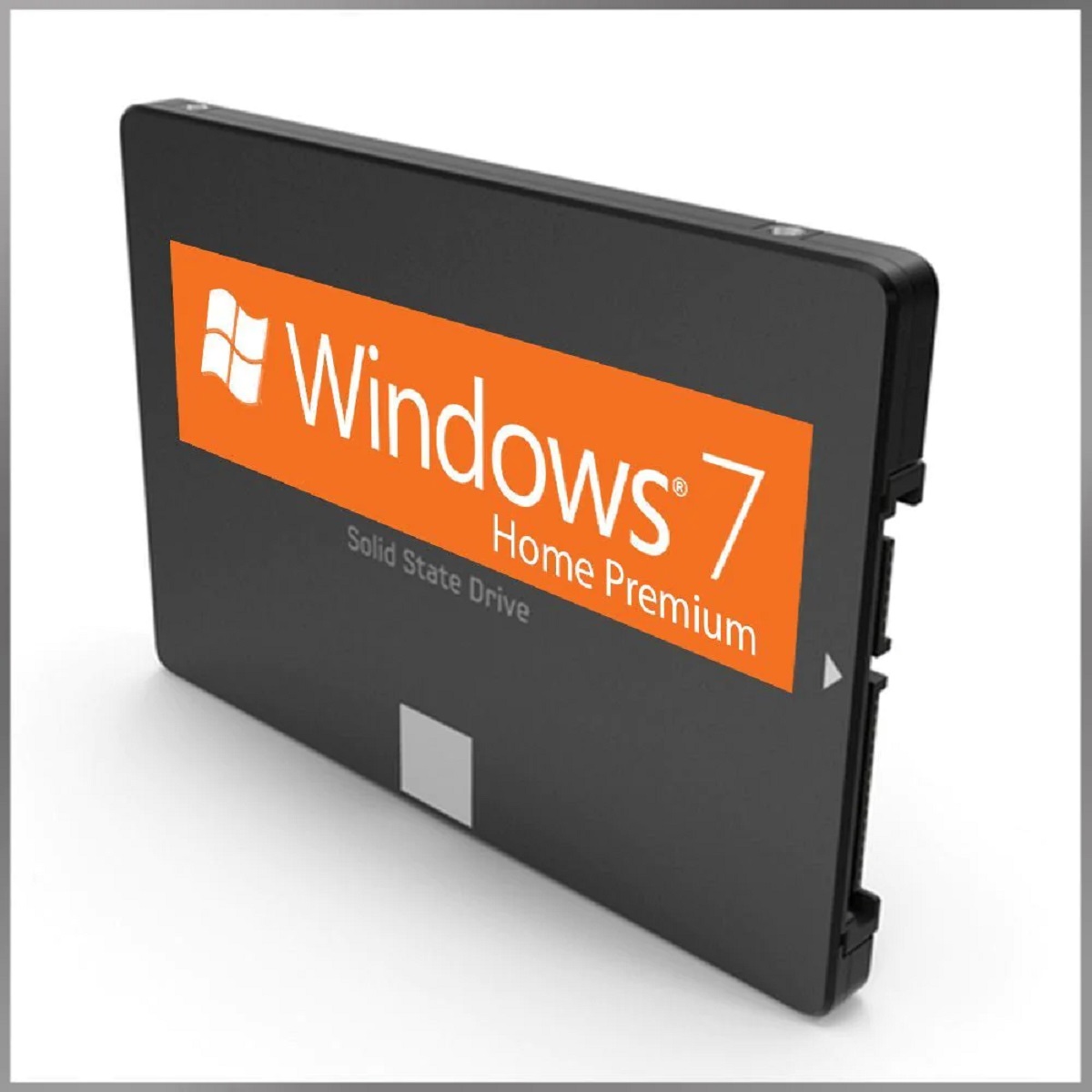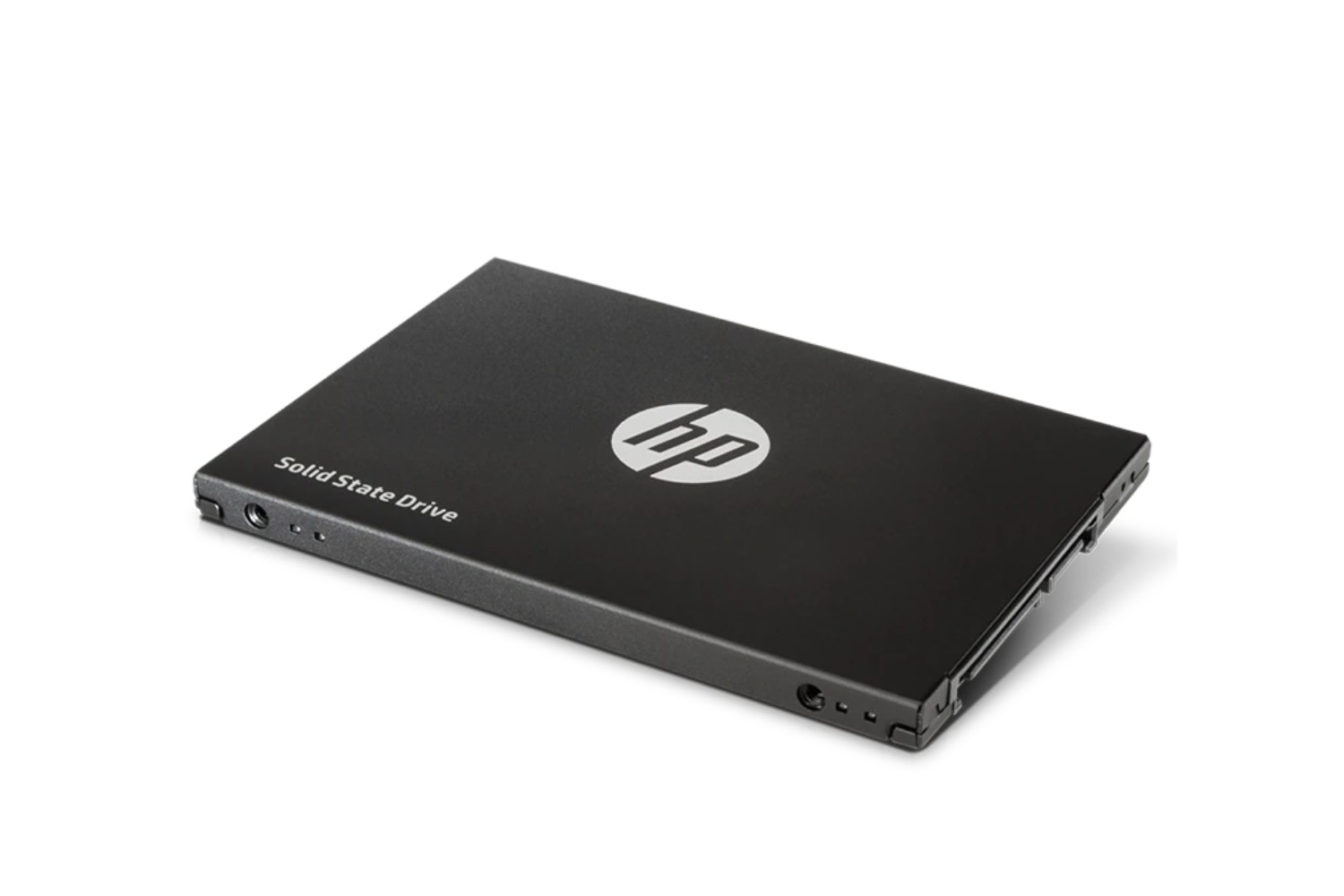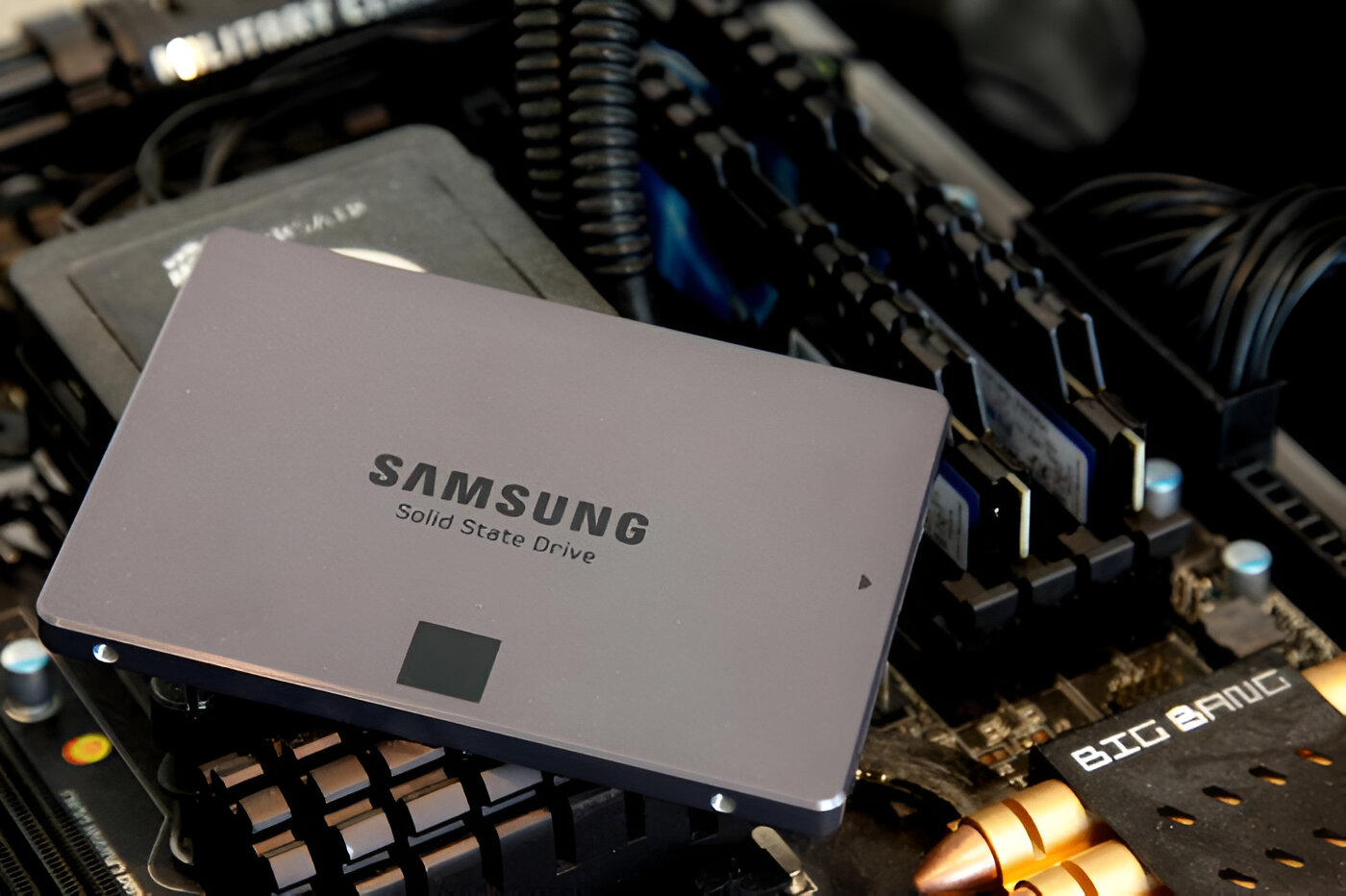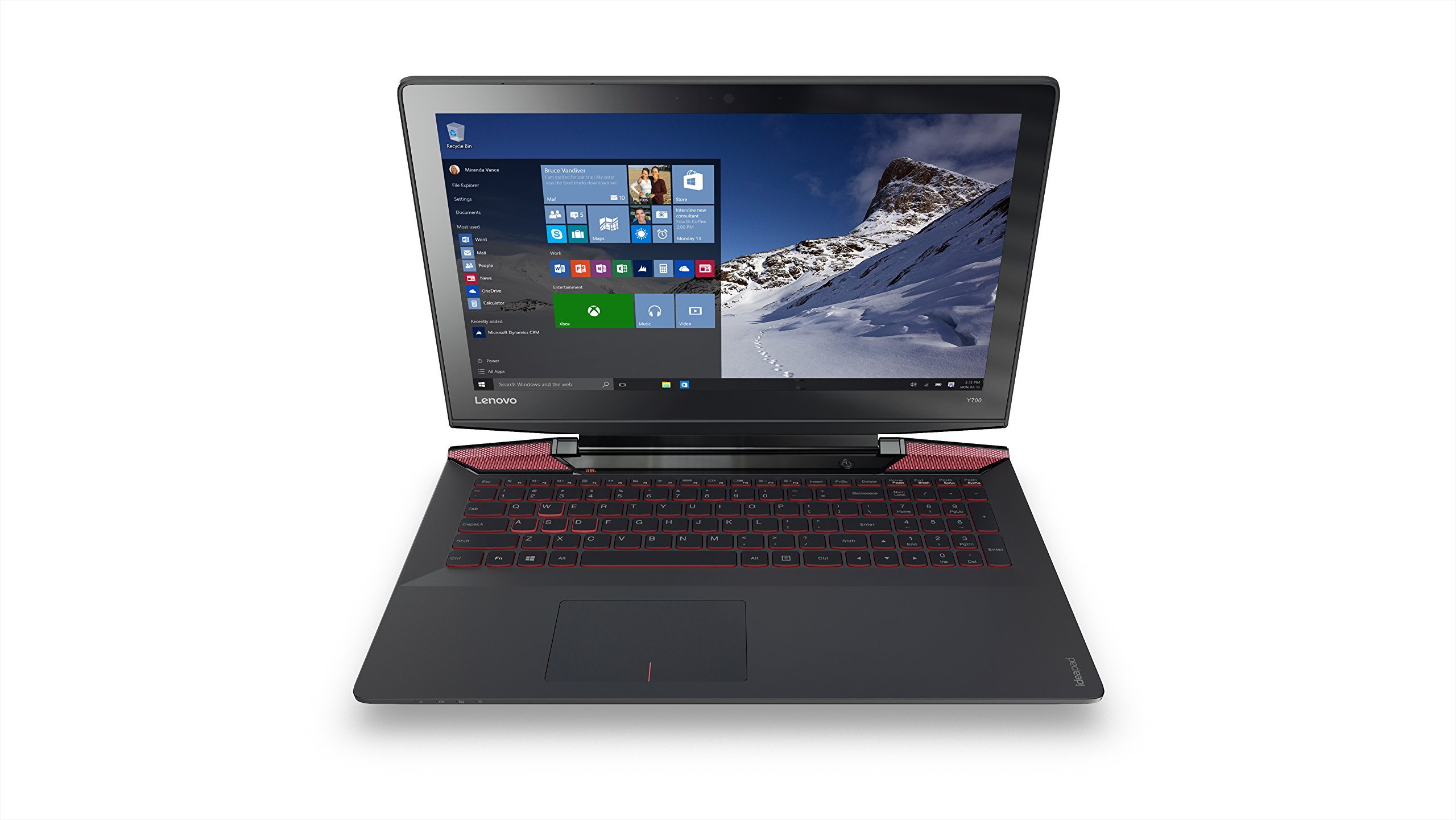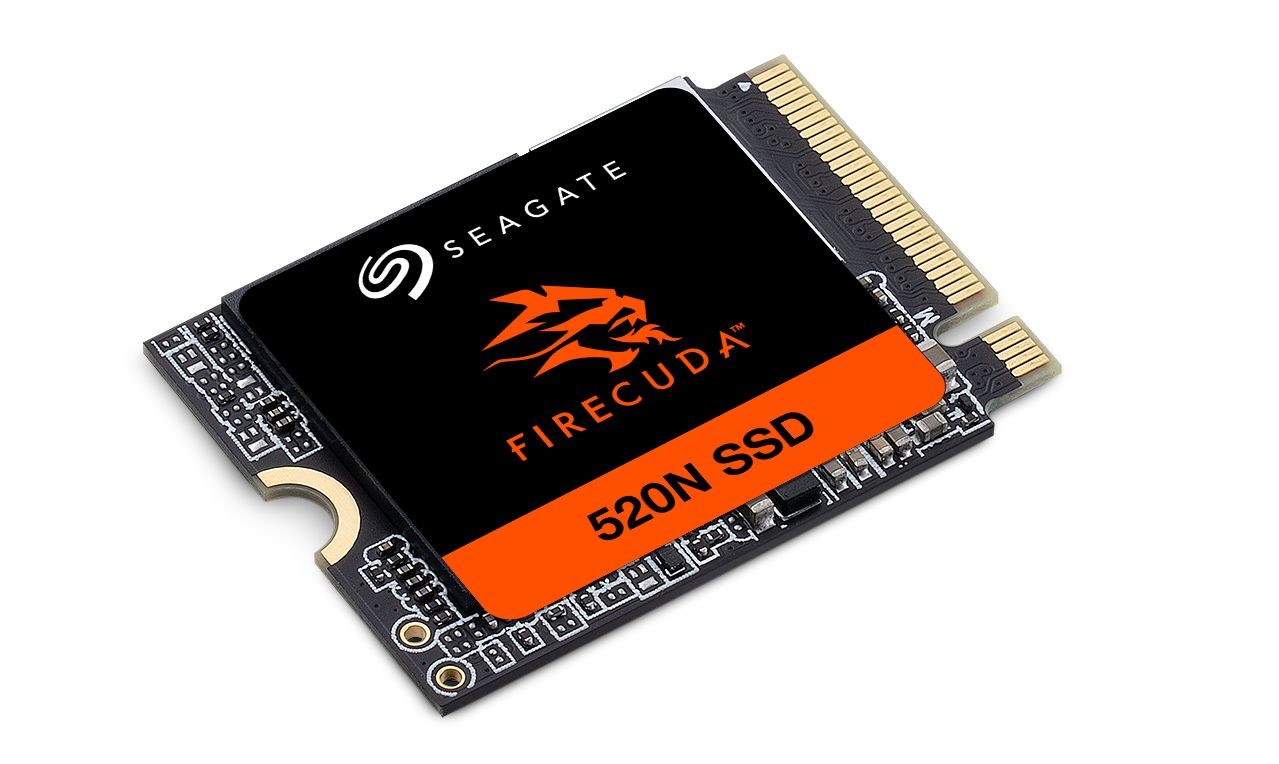Introduction
When it comes to choosing a solid-state drive (SSD) for your Windows 7 operating system, it’s vital to find the right balance between performance and storage capacity. Upgrading to an SSD can significantly improve the speed and responsiveness of your computer, but selecting the correct size can be challenging if you’re unfamiliar with the requirements.
In this article, we’ll explore the factors you should consider when determining how big of an SSD you need for Windows 7. We’ll delve into the essential storage requirements, recommended storage capacities, and factors that might increase your storage needs. By the end of this guide, you’ll have a clear understanding of the optimal SSD size for your Windows 7 setup.
Windows 7 is a popular operating system known for its stability and wide adoption among users. It requires a certain amount of disk space to function optimally, so it’s important to choose an SSD that meets its storage requirements. However, keep in mind that the size of your SSD will also impact its performance and price.
As we explore the necessary storage requirements, it’s worth mentioning that Windows 7 32-bit and Windows 7 64-bit have different demands. While the 32-bit version typically requires a minimum of 16 GB of storage, the 64-bit version needs at least 20 GB. These values are the bare minimum and do not leave much room for additional applications or files. Therefore, it’s advisable to opt for a larger capacity SSD to accommodate your needs.
In the following sections, we will discuss both the essential and recommended storage requirements for Windows 7. We will also address factors that might increase your storage needs, as well as other considerations you should keep in mind when selecting an SSD for your operating system.
Essential Storage Requirements:
- Windows 7 32-bit: At least 16 GB of storage
- Windows 7 64-bit: At least 20 GB of storage
Factors to Consider
When determining the size of the solid-state drive (SSD) you need for Windows 7, there are several factors you should take into account. By considering these factors, you can ensure that your SSD adequately meets your storage requirements and provides optimal performance. Let’s explore the key factors that should influence your decision.
1. Operating System Size:
The first factor to consider is the size of the Windows 7 operating system itself. As mentioned earlier, the minimum storage requirements for the 32-bit and 64-bit versions are 16 GB and 20 GB, respectively. However, to allow space for updates, patches, and additional software, it’s advisable to choose an SSD with a larger capacity.
2. System Upgrades:
If you plan to upgrade your system in the future, it’s important to account for potential increases in storage needs. For example, if you anticipate installing newer versions of software or additional applications, you should opt for an SSD with more capacity to accommodate these upgrades.
3. Usage Habits:
Consider how you use your computer on a daily basis. If you primarily use it for basic tasks like web browsing, email, and document editing, a smaller SSD may be sufficient. However, if you regularly work with large files, multimedia content, or engage in resource-intensive activities such as gaming or video editing, you’ll benefit from a larger SSD that can handle your storage demands.
4. Data Storage Needs:
Take into account how much data you need to store on your computer. If you rely heavily on cloud storage or external storage devices and don’t require much local storage, a smaller SSD may be suitable. However, if you prefer to keep your files on your local drive for easy access and backup, a larger SSD will provide you with the storage capacity you need.
5. Budget:
Your budget is another critical factor to consider. Larger SSDs typically come with a higher price tag, so it’s important to evaluate your budget and weigh it against your storage needs. Assess how much you are willing to spend and find a balance between capacity and affordability that fits your requirements.
By considering these factors, you can make an informed decision about the size of the SSD you need for your Windows 7 system. Remember to account for the operating system size, system upgrades, usage habits, data storage needs, and your budget when making your selection.
Essential Storage Requirements
When determining the essential storage requirements for your Windows 7 system, it’s crucial to consider the minimum space needed to install and run the operating system smoothly. While the bare minimum requirements for Windows 7 32-bit is 16 GB and for Windows 7 64-bit is 20 GB, it is important to note that these values leave little room for additional applications, updates, and user files.
Windows 7 32-bit:
The 32-bit version of Windows 7 requires a minimum of 16 GB of storage space. This capacity should be reserved solely for the operating system and does not include any user files or additional software. If you plan to install applications or store user files locally, it is highly recommended to opt for a larger SSD to accommodate your needs.
Windows 7 64-bit:
The 64-bit version of Windows 7 has slightly higher storage requirements, with a minimum of 20 GB of storage space. As with the 32-bit version, this allocation is solely for the operating system itself and does not leave much room for other files or applications. If you intend to utilize your computer for more demanding tasks, such as multimedia editing or gaming, a larger SSD would be necessary to provide sufficient storage capacity.
It’s important to emphasize that these essential storage requirements are just the baseline. For a better user experience and to allow for future updates and installations, it is strongly recommended to choose an SSD with a larger capacity. With advancements in technology, SSDs with larger capacities have become more affordable, providing a balance between cost and functionality.
When selecting an SSD based on the essential storage requirements, keep in mind that you should not allocate your entire SSD capacity to the operating system alone. It is advisable to leave some space for future updates, patches, and the installation of other software. Additionally, having some free space on your SSD allows for better drive performance and longevity.
By understanding the essential storage requirements for Windows 7, you can ensure that your SSD has sufficient capacity to accommodate the operating system while leaving room for additional applications and user files. This will result in a smoother and more productive computing experience.
Recommended Storage Requirements
While the essential storage requirements for Windows 7 provide the minimum space needed to install and run the operating system, it is often recommended to opt for a larger capacity solid-state drive (SSD) to accommodate additional applications, files, and future updates. By choosing an SSD with a higher capacity, you can ensure optimal performance and a more seamless user experience.
For most users, a recommended minimum storage capacity for Windows 7 would be around 120 GB. This size allows for the installation of the operating system, along with a selection of essential applications and user files. It provides a comfortable amount of space to work with, minimizing the need to constantly manage and delete files to free up storage.
However, if you are an avid user of resource-intensive software or engage in demanding tasks like video editing or gaming, it is advisable to consider a higher capacity SSD. A capacity of 240 GB or even 500 GB would provide more room to store large files and facilitate smoother system performance.
By opting for a larger SSD, you can enjoy benefits such as faster boot times, shorter application load times, and quicker file transfers. Additionally, you’ll have the flexibility to install a wider range of applications and games without worrying about storage limitations.
It’s also worth noting that SSDs with larger capacities often offer better overall performance compared to their lower-capacity counterparts. This is because larger SSDs tend to have more cache memory and higher write speeds. Furthermore, they provide a buffer for wear leveling algorithms, which distribute data evenly across the drive and prolong its lifespan.
Keep in mind that these recommended storage requirements are approximate guidelines and should be adjusted based on your individual needs and usage habits. If you store a significant amount of data locally or frequently work with large files, you may need an even larger SSD to provide ample storage space.
In summary, while the essential storage requirements for Windows 7 serve as a baseline, it is generally recommended to choose an SSD with a larger capacity to accommodate additional applications, files, and future updates. A minimum recommended size of 120 GB is suitable for most users’ needs, but if you engage in resource-intensive tasks, opting for a higher capacity SSD will result in a more efficient and enjoyable computing experience.
Factors That Might Increase Storage Needs
While the essential and recommended storage requirements provide a baseline for determining the size of the solid-state drive (SSD) needed for Windows 7, there are certain factors that can increase your storage needs. By considering these factors, you can ensure that your SSD has enough capacity to accommodate your usage habits and future demands.
1. Multimedia and Large Files:
If you frequently work with multimedia files, such as high-resolution photos, videos, or audio recordings, you will require more storage space. These types of files tend to be large in size and can quickly eat up disk space. Additionally, if you engage in video editing, graphic design, or other creative pursuits, you may need a larger SSD to store the necessary software and project files.
2. Gaming:
Gaming enthusiasts often require a significant amount of storage space for their games. Modern games can take up many gigabytes, with some even exceeding 100 GB in size. If gaming is a primary activity on your Windows 7 system, it’s essential to choose an SSD with ample capacity to accommodate your game library.
3. Virtual Machines and Software Development:
If you frequently work with virtual machines or engage in software development, your storage needs will likely increase. Virtual machines require a significant amount of disk space to run multiple operating systems simultaneously, while software development projects often involve large codebases and associated files. Therefore, it’s advisable to opt for a higher capacity SSD if you are involved in these activities.
4. Data Backup and Archiving:
Backing up and archiving data is crucial for data protection and long-term storage. If you prefer to keep local backups of your files or archive important documents, photos, or videos, you will need additional storage space. Consider the size of your data backups and archives when determining the appropriate SSD capacity.
5. Future OS and Software Updates:
Operating systems and software applications frequently receive updates and patches, which can require additional storage space. To avoid running out of storage, it’s recommended to leave some overhead on your SSD to accommodate future updates. This ensures a seamless update process without having to constantly manage your storage capacity.
By taking these factors into consideration, you can determine whether you need an SSD with a larger capacity to meet your storage needs. It’s important to evaluate your specific usage habits and future requirements to make an informed decision.
Other Considerations
While the essential and recommended storage requirements, as well as factors that might increase storage needs, are important to consider when choosing an SSD for your Windows 7 system, there are other factors that you should keep in mind. These additional considerations will help you make a well-rounded decision that factors in not only storage capacity but also other important aspects.
1. Compatibility:
Ensure that the SSD you choose is compatible with your system. Check the specifications of your computer and verify that it supports the chosen SSD interface (e.g., SATA, PCIe) and form factor (e.g., 2.5-inch, M.2). This will ensure a seamless installation and optimal performance.
2. Read and Write Speeds:
Consider the read and write speeds of the SSD. Faster read and write speeds can significantly improve the overall performance of your system. Consult the specifications of the SSD to ensure that it offers speeds that meet your requirements, especially if you work with large files or perform resource-intensive tasks.
3. Warranty and Reliability:
Check the warranty period and reliability of the SSD. A longer warranty period typically indicates a higher level of confidence in the product’s durability. It’s important to select an SSD from a reputable manufacturer known for producing reliable and long-lasting drives.
4. Budget and Price:
Consider your budget and the price of the SSD. SSDs with larger capacities tend to be more expensive, so it’s essential to find a balance between the capacity and affordability that suits your needs. Comparing prices among different SSD models and considering any promotions or discounts can help you make a cost-effective choice.
5. Future Upgradability:
Think about the potential for future upgrade options. If your computer allows for multiple storage drive installations, you can consider a smaller SSD for the operating system and essential applications, while reserving additional space for a secondary HDD or larger SSD for files and data storage.
6. User Reviews and Recommendations:
Research user reviews and recommendations for the specific SSD models you are considering. Reading about other users’ experiences and feedback can provide valuable insights into the performance, reliability, and compatibility of different SSDs.
By taking these other considerations into account, you can make a more informed decision when choosing an SSD for your Windows 7 system. Remember to consider compatibility, read and write speeds, warranty and reliability, budget and price, future upgradability options, and user reviews to ensure you select the best SSD for your specific needs.
Conclusion
Choosing the right size solid-state drive (SSD) for your Windows 7 system is essential to ensure optimal performance, storage capacity, and a smooth user experience. By considering the essential storage requirements, recommended storage capacities, factors that might increase storage needs, and other important considerations, you can make an informed decision that aligns with your specific needs and usage habits.
While the minimum storage requirements for Windows 7 32-bit is 16 GB and for Windows 7 64-bit is 20 GB, it’s recommended to choose an SSD with a larger capacity to allow for future updates, additional applications, and user files. A minimum recommended size of 120 GB is suitable for most users, providing ample space to work with.
Multiple factors can increase your storage needs, such as working with multimedia files, gaming, virtual machines, data backup, and future updates. By considering these factors and evaluating your specific usage requirements, you can determine whether a larger capacity SSD is necessary for your specific needs.
Additionally, other considerations like compatibility, read and write speeds, warranty and reliability, budget and price, and future upgradability should be taken into account during the decision-making process. These factors contribute to the overall performance, durability, and affordability of the SSD.
In conclusion, choosing the right size SSD for your Windows 7 system involves assessing essential storage requirements, recommended capacities, factors that might increase storage needs, and other important considerations. By finding the right balance between storage capacity, performance, and affordability, you can ensure that your SSD enhances your Windows 7 experience and provides sufficient storage for your applications, files, and future demands.







